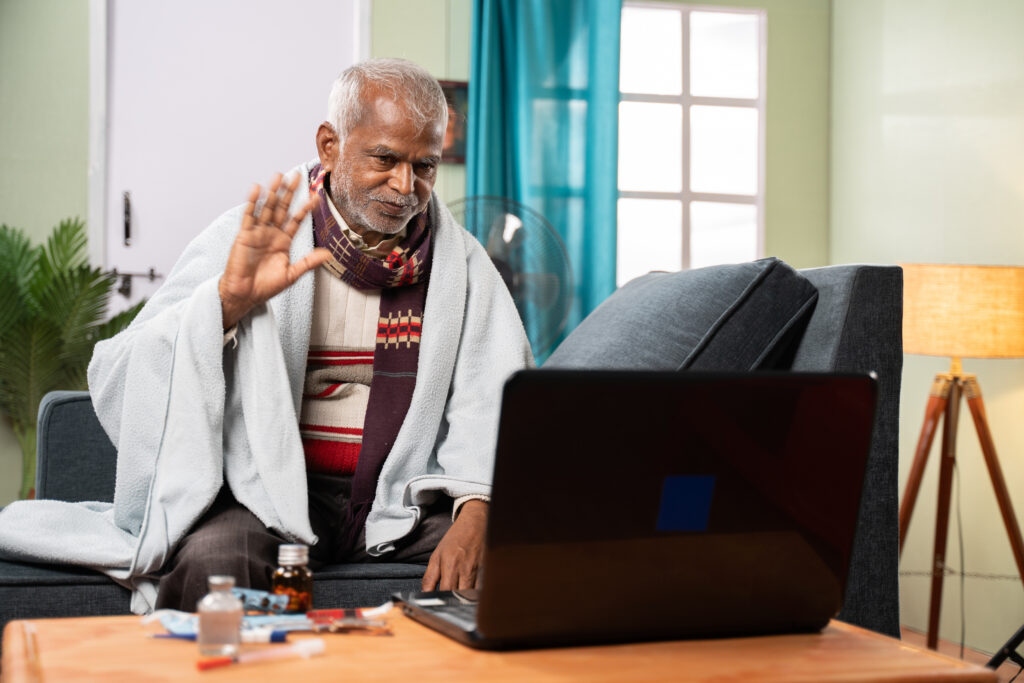
The outbreak of the COVID-19 pandemic rapidly changed the landscape of the healthcare system and the delivery of care services worldwide. However, it remains unclear how older patients’ care utilization was impacted by the pandemic relative to the general population, especially those with higher baseline levels of care utilization. This study from HIP Investigators Dr. Yao Liu and Dr. Maureen Smith aimed to estimate differences in primary care outpatient clinic visit utilization among high- and low-risk Medicare aging beneficiaries from an Accountable Care Organization during the COVID-19 pandemic compared to a control cohort from the previous year.
They found that there was lower utilization among those who were older, male, or dually eligible for Medicaid in the high-risk group and among those who were younger, male, or non-white in the low-risk group. Telehealth use was less common among patients who were older, dually eligible for Medicaid or living in rural/suburban areas compared to urban areas. The study also found significant disparities based on age, gender, insurance status, and non-white race in primary care utilization during the pandemic among Medicare beneficiaries.
Read More
